Cauliflower (Brassica oleracea var. botrytis) is a member of the cruciferous family, which includes other vegetables like broccoli, cabbage, and Brussels sprouts. It is widely regarded for its versatility in the kitchen and its numerous health benefits. The cultivation of cauliflower, while rewarding, requires specific environmental conditions and careful attention throughout its growth cycle. In addition to its farming methods, cauliflower is also highly nutritious, providing numerous health benefits to those who consume it regularly.
Cultivation Method of Cauliflower
Cauliflower is a cool-season crop, thriving in temperate climates where temperatures range between 60°F and 70°F (15°C to 21°C). It is typically grown as an annual plant, taking anywhere from 70 to 120 days from transplanting to harvest, depending on the variety and growing conditions.
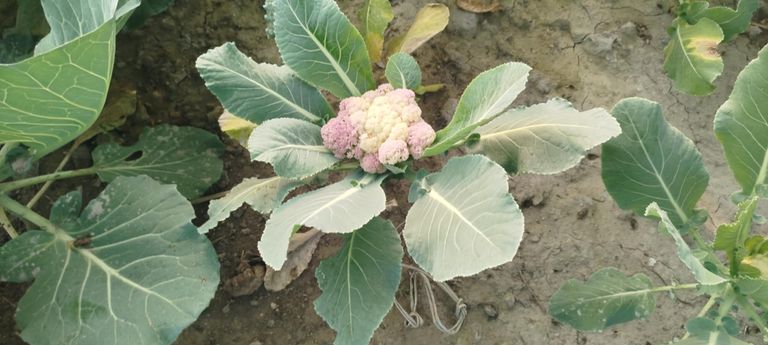
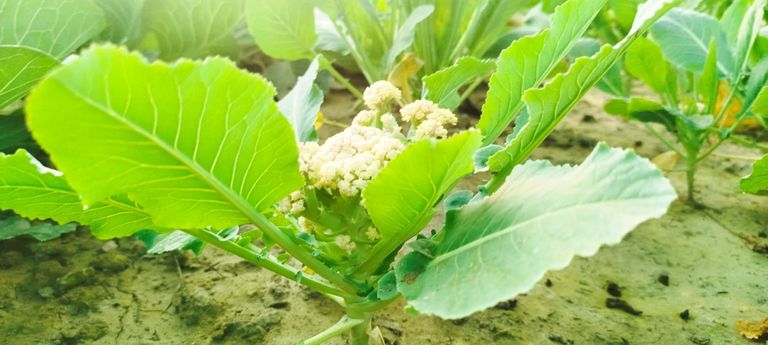
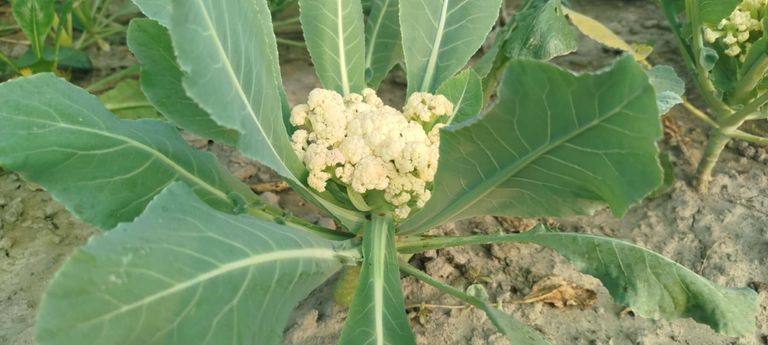
Site Selection and Soil Preparation
The first step in cultivating cauliflower is choosing a site with well-drained, fertile soil. Cauliflower prefers soils that are rich in organic matter, with a pH between 6.0 and 7.5. Good drainage is essential to prevent root rot, which is a common issue in cauliflower cultivation. Before planting, farmers should prepare the soil by adding compost or well-rotted manure to improve its fertility and structure.
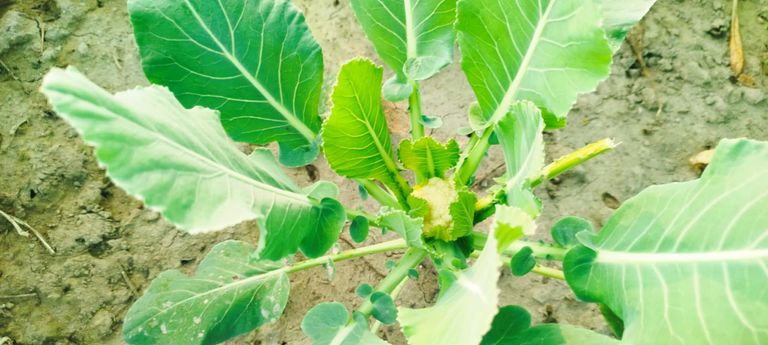
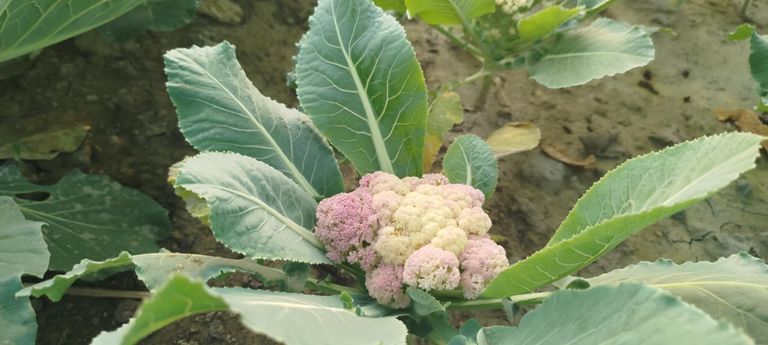
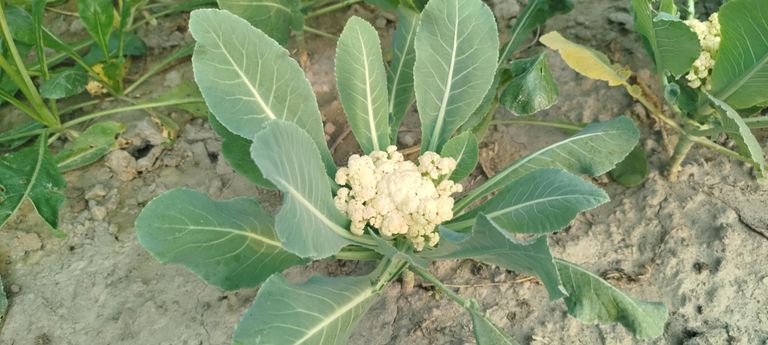
Transplanting and Spacing
Cauliflower seedlings are transplanted into the garden when they have a few sets of true leaves. It is crucial to space the plants properly to allow ample room for growth, with about 18-24 inches (45-60 cm) between plants. Cauliflower requires adequate spacing to prevent crowding, which can hinder airflow, increase humidity, and promote disease. Rows should be spaced 30-36 inches (75-90 cm) apart, giving the plants enough room to expand as they mature.
Irrigation and Fertilization
Cauliflower requires consistent moisture, especially during its early growth stages and while the curd (the edible white head) is forming. Regular watering is essential, but the soil should not be waterlogged. Drip irrigation or soaker hoses are ideal for providing the right amount of water without wetting the foliage, which can lead to fungal diseases. Fertilization is also important, particularly with nitrogen, phosphorus, and potassium, to support healthy growth. Organic fertilizers or balanced chemical fertilizers can be applied based on soil tests to meet the plant’s needs.
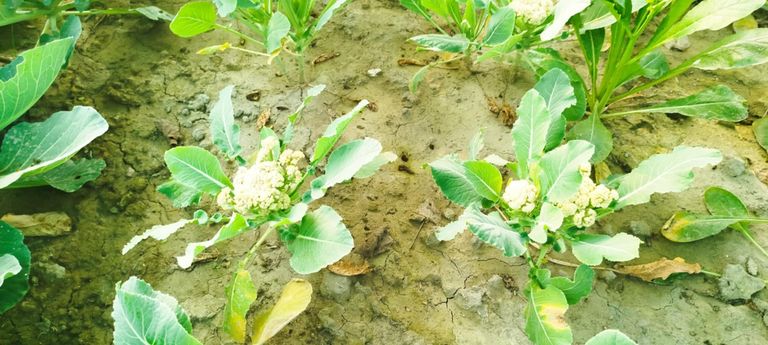
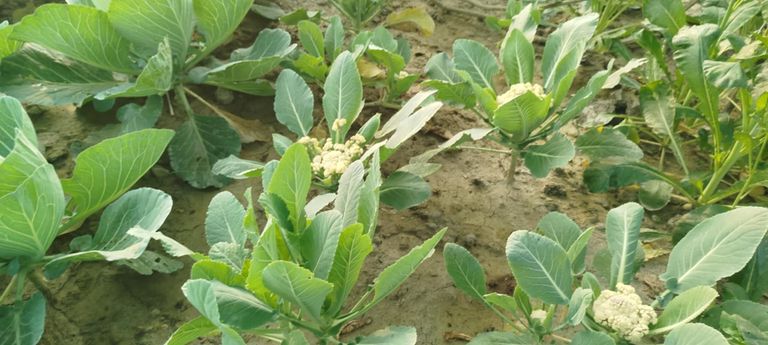
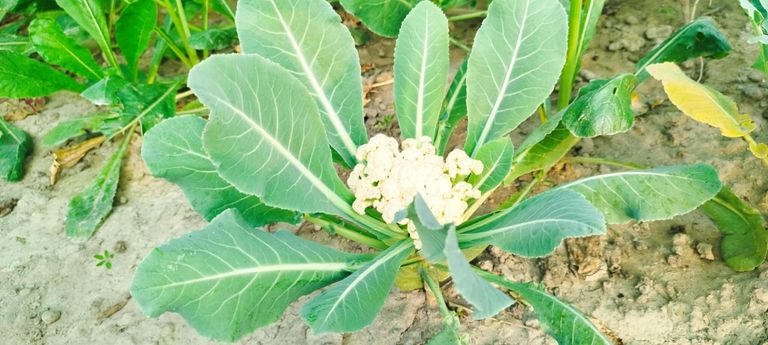
Seedling Production
Cauliflower can be grown from seed or young seedlings. Most farmers start by growing seeds indoors in seed trays or small pots, typically 6-8 weeks before the expected planting date. This allows the seedlings to develop strong roots and stems. The seeds are planted at a depth of about 0.5 cm in a moist, well-drained medium, and the trays should be kept in a warm location. Once the seedlings are large enough and the outdoor temperatures are suitable, they are ready to be transplanted into the field.
Temperature and Pest Control
As a cool-season vegetable, cauliflower is sensitive to high temperatures, which can cause the curd to become loose and the plant to bolt (flower prematurely). In warmer climates or during hotter months, farmers often use shade cloth or mulch to keep the plants cool. Proper pest control is another crucial aspect of cauliflower cultivation, as the crop is susceptible to a range of pests such as aphids, cabbage worms, and root maggots. Integrated pest management (IPM) strategies, which combine biological, cultural, and chemical methods, are often used to minimize pest damage while maintaining environmental sustainability.
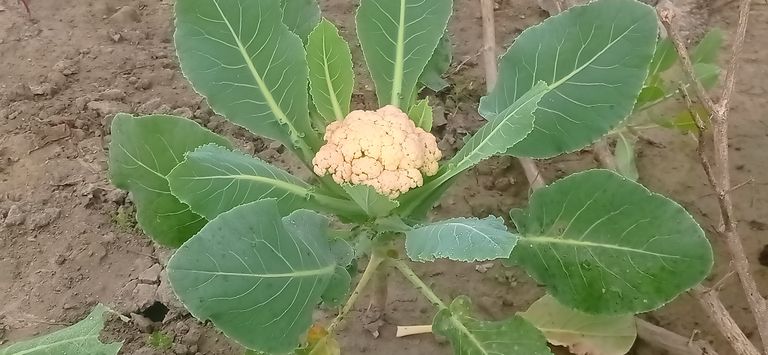
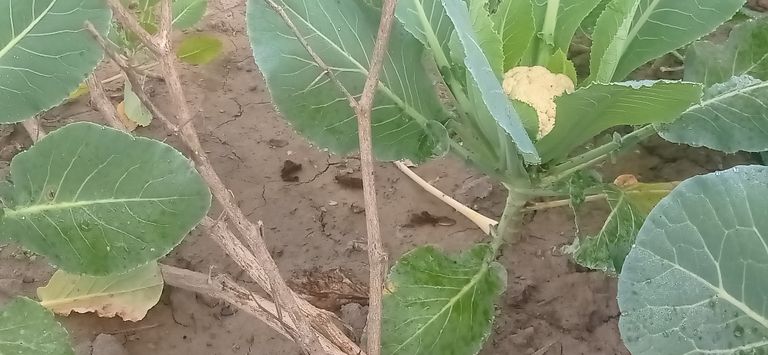
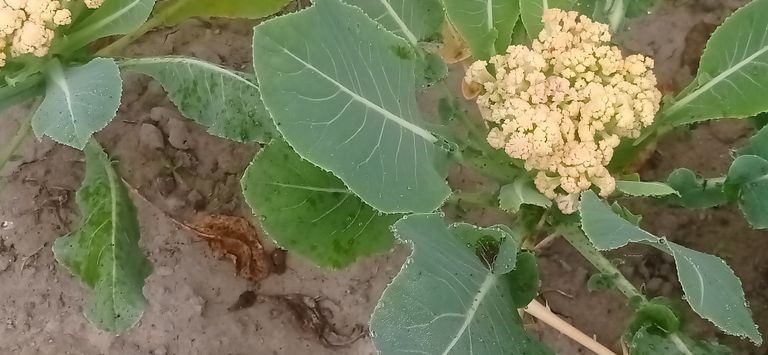
Harvesting and Post-Harvest Handling
The primary sign that cauliflower is ready for harvest is the development of a compact, white curd. The curd should be smooth, firm, and without any sign of yellowing or flowering. Harvesting is usually done by cutting the head off with a sharp knife, leaving a few leaves attached to protect the curd during handling. After harvesting, cauliflowers are typically cooled quickly to extend their shelf life and maintain freshness.
Nutritional Value of Cauliflower
Cauliflower is widely appreciated for its low calorie content and high nutritional value. It is an excellent source of vitamins, minerals, and antioxidants, contributing to a well-balanced diet.
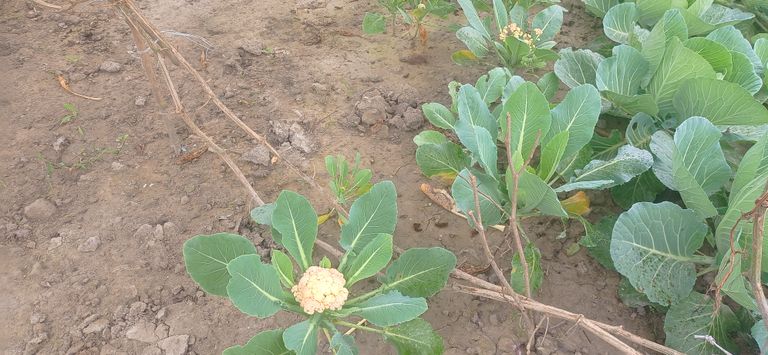
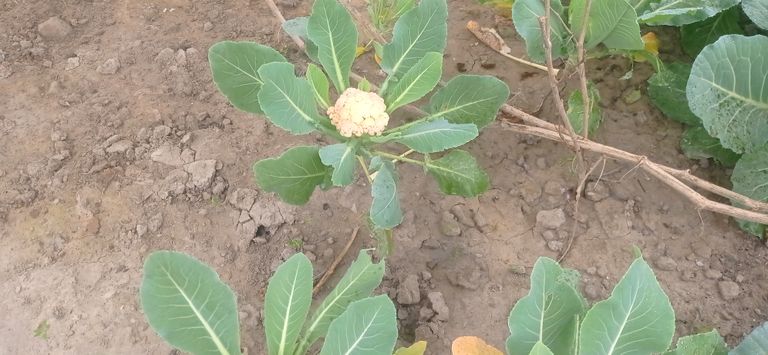
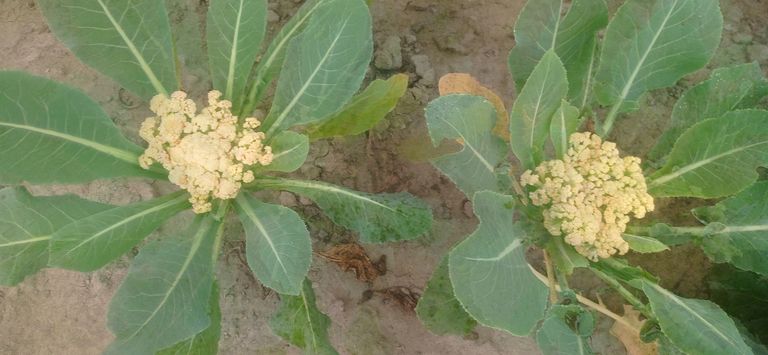
Rich in Vitamins and Minerals
Cauliflower is particularly high in vitamin C, an essential antioxidant that supports the immune system, helps the body absorb iron, and promotes healthy skin. Just one cup (about 100 grams) of raw cauliflower provides over 48% of the recommended daily intake of vitamin C. It is also a good source of vitamin K, which plays a crucial role in blood clotting and bone health. Additionally, cauliflower contains folate (vitamin B9), which is vital for cell division and DNA synthesis, making it especially beneficial for pregnant women.
High in Fiber
Cauliflower is a rich source of dietary fiber, which is important for digestive health. A single serving of cauliflower contains about 2-3 grams of fiber, which helps prevent constipation, promotes regular bowel movements, and supports a healthy gut microbiome. The fiber content also aids in weight management by promoting a feeling of fullness and stabilizing blood sugar levels.
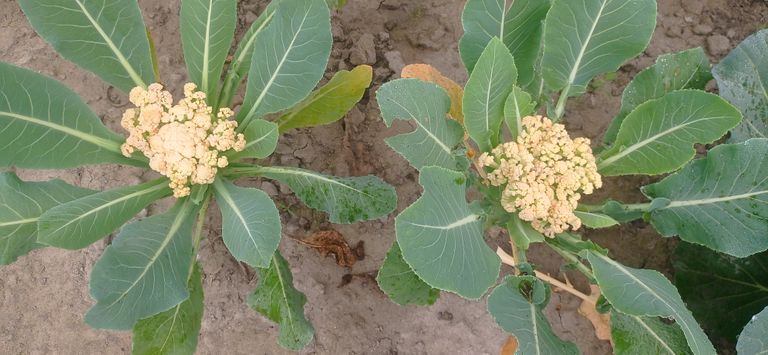
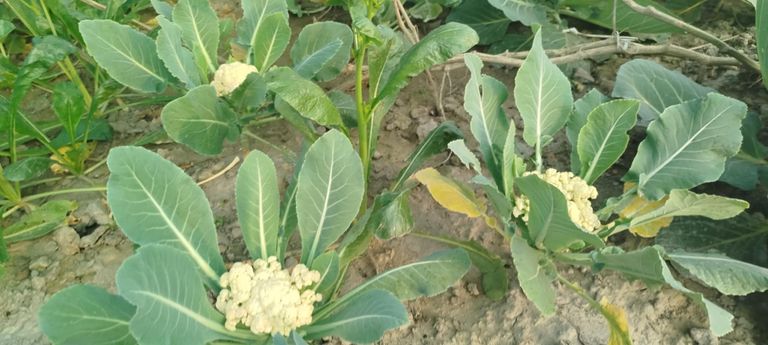
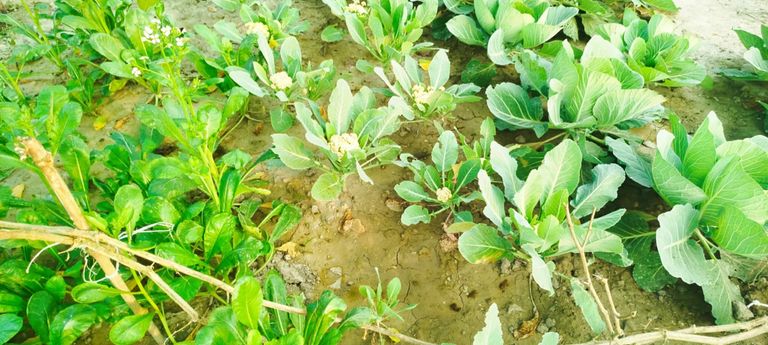
Antioxidants and Anti-inflammatory Properties
Cauliflower contains several bioactive compounds, including glucosinolates and isothiocyanates, which have been shown to have anti-cancer properties. These compounds work by neutralizing free radicals and reducing inflammation in the body. Regular consumption of cauliflower may help reduce the risk of chronic diseases such as cancer, heart disease, and type 2 diabetes.
Low in Carbohydrates
For individuals following a low-carb or ketogenic diet, cauliflower is a great alternative to starchy vegetables like potatoes and rice. It is naturally low in carbohydrates, with about 5 grams per serving, making it an ideal food for those seeking to reduce their carbohydrate intake.
Cauliflower is a versatile and nutritious vegetable that is relatively easy to cultivate, provided the grower follows proper care and attention to environmental conditions. With its rich vitamin, mineral, and fiber content, cauliflower offers numerous health benefits, making it an excellent addition to any diet. Whether consumed raw, steamed, roasted, or incorporated into dishes like cauliflower rice, this cruciferous vegetable plays a valuable role in supporting overall health and well-being.